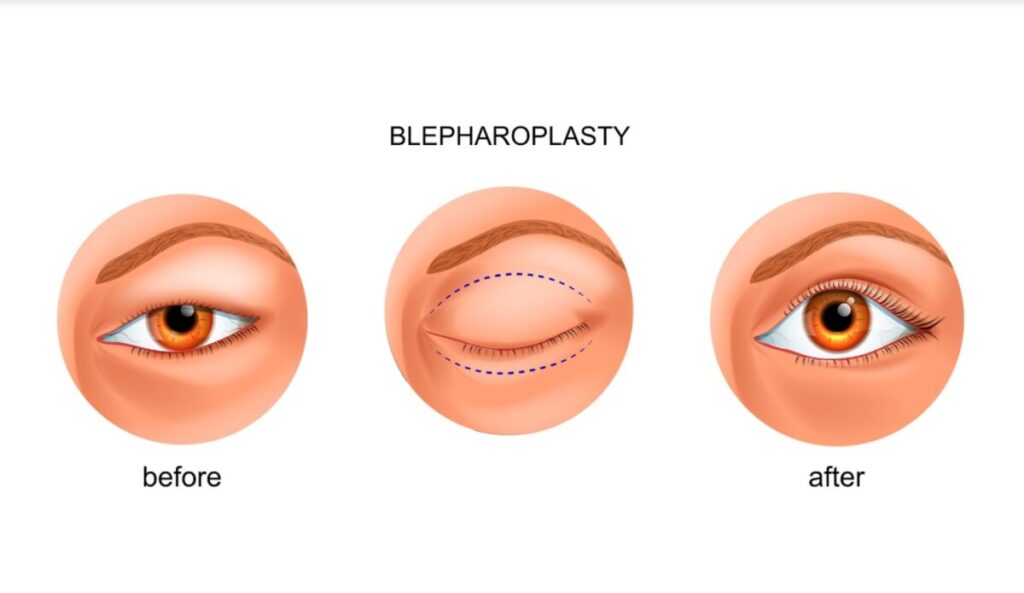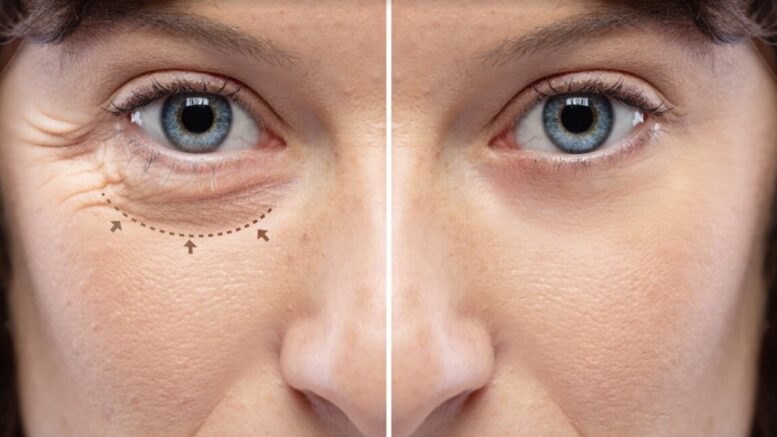It starts when you look at yourself in the mirror and realize that you look older than you should because of droopy eyelids. After some time, the sagging skin also affects your peripheral vision. You decide to seek medical assistance to resolve your condition.
Luckily, there are reputable surgeons qualified to perform medical procedures focusing on the eye area, including droopy eyelid surgery or blepharoplasty. Usually, ophthalmic surgeons make an assessment of your condition, recommend the best treatment plan, carefully perform the procedure and order some do’s and don’ts post-surgery. Getting this done by a specialist ensures that you get the possible care and treatment for your eyes.
If you will be having this procedure soon, this article will give you some tips for a successful and quick recovery following droopy eyelid surgery.
Make The Necessary Preparations
The success of many medical procedures also depends on your ample amount of preparation pre-and post-surgery.
Thus, before undergoing the knife, make sure that you have everything you’ll need after the procedure, such as food, clothes, toiletries, and other personal belongings.
This way, you’ll minimize excessive and unnecessary movements once you’re through with the surgery.
Take Heed Of Your Doctor’s Advice
After the droopy eyelid surgery, your surgeon will recommend some post-operative care instructions that you must adhere to. These instructions might include placing a cold compress to surgical areas to reduce swelling, applying eye ointment to keep the eyes lubricated, and some eye drops to prevent your eyes from drying.
If you want your recovery process to last for a short while, make sure to follow your surgeon’s advice to the letter.
Get Plenty Of Rest
Whether you are sick or not, having enough rest and sleep are essential for all parts of your body to remain in pristine condition, and that includes your eyes. This plays an even more important role when you are recuperating after a medical procedure.
It’s important to understand that after droopy eyelid surgery, you’re most likely to feel tired than usual since healing demands lots of energy. Tiredness may also be a side effect of anaesthesia.
Thus, getting enough rest that includes a good night’s sleep is one way to accelerate your recovery after eyelid surgery. It’s recommended that you sleep with your head raised on two to three pillows (the head should be higher than your chest) for about three weeks to avoid swelling of the surgical area.

Protect Your Eyes From Sunlight
It will help if you protect your eyes from getting exposed to too much sunlight during your recovery. After the droopy eyelid surgery, the incision area becomes sensitive, hence easily affected by sunlight. Exposing sensitive skin to direct sunlight is likely to cause scars to darken or damage skin tissue.
Consider buying dark sunglasses with frames enough to cover eyes on the sides comfortably. This will protect your eyes against the wind that might carry dirt into your eyes, which could lead to infection.
You might also want to wear a hat for additional protection.
Avoid Stressing Your Eyes
It might be tempting to check your emails, watch your favourite TV show, or read a book immediately after droopy eyelid surgery.
However, you should avoid these activities for at least a week after the procedure to allow the area to heal properly and avoid dryness in your eyes.
Do Not Smoke
Smoking has a detrimental impact on your health in general, but the negative impact is amplified if you’re recovering from droopy eyelid surgery. It will delay your healing process and put you at risk of developing an infection.
It would be best to quit smoking for at least six weeks before and after the surgery. Or, you may also want to consider entirely quitting smoking to further improve your eyesight.
Avoid Strenuous Activities
The first two to four weeks after the surgery will help if you avoid strenuous activities that might increase blood flow to your eyes, such as jogging, sports, aerobics, and intensive exercise. The increased blood flow can lead to swelling and inflammation of your eyes.
Also, be mindful of daily activities that increase pressure in your head, forcing blood into your eyes. This includes lying flat on your back, bending, and lifting heavy objects.
Relax Your Mind
Understandably, you might be stressed when wondering about the final results of your surgery. Stress might also be due to the pain and discomfort you should expect after the procedure.
Remember, stress will only slow down your recovery. Be patient with the healing process and you will see the results in no time.
Conclusion
Mostly, individuals recover within two to three weeks following droopy eyelid surgery and get back to their routine. However, one should prepare in advance to allow their eyelids enough time to recover.
Ensure to provide adequate care and follow your surgeon’s advice for a quick recovery and avoid developing complications.
